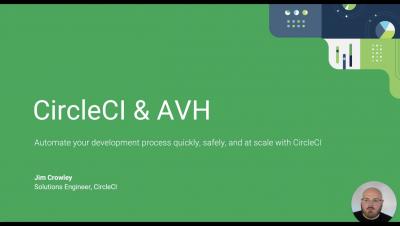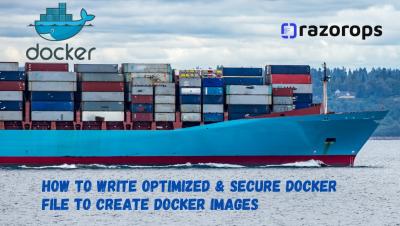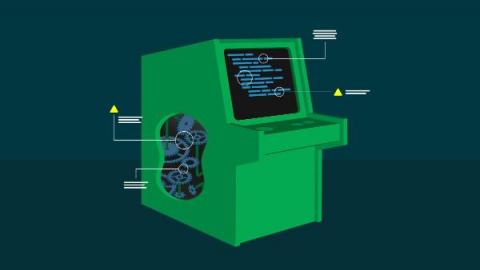Deploy application environments on demand with the Quali Torque orb
Most developers care about building the next big thing. Automating your build, test, and release processes allows you to maintain focus on innovating and delivering value to your users. By combining the power of best-in-class CI/CD workflow orchestration with managed environments-as-a-service, developers can stay focused on building what’s next.











